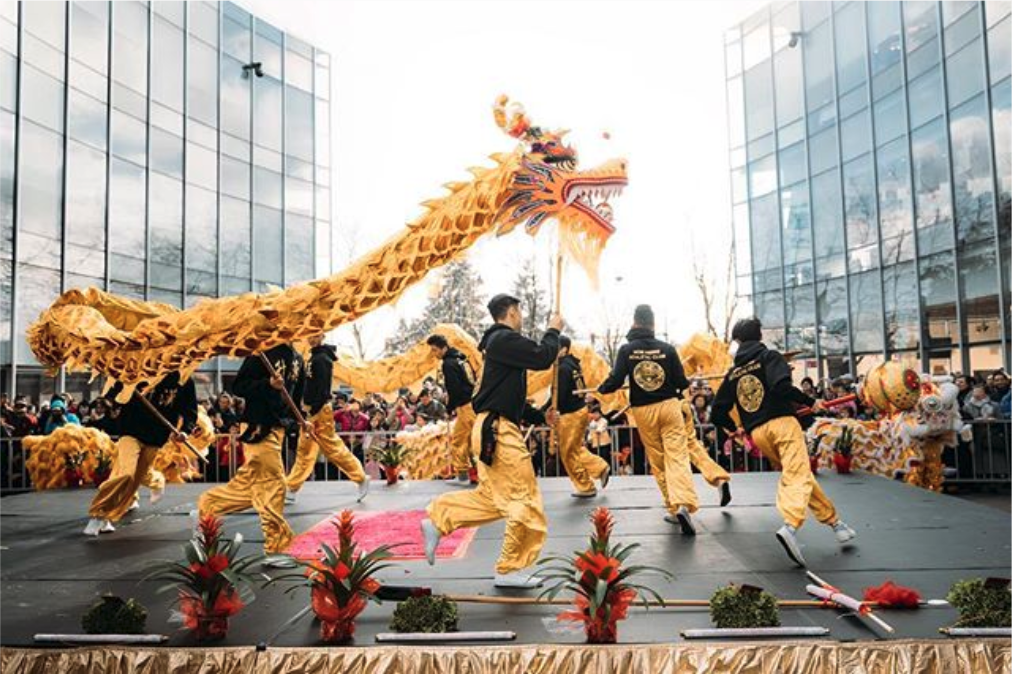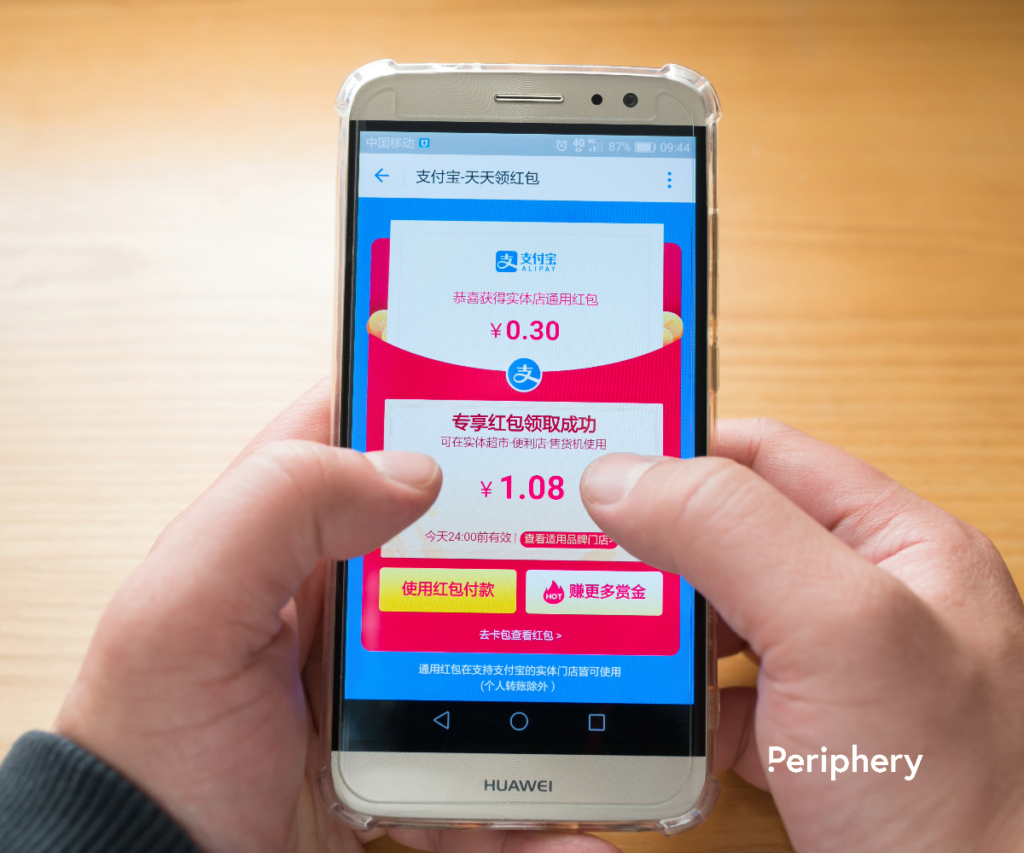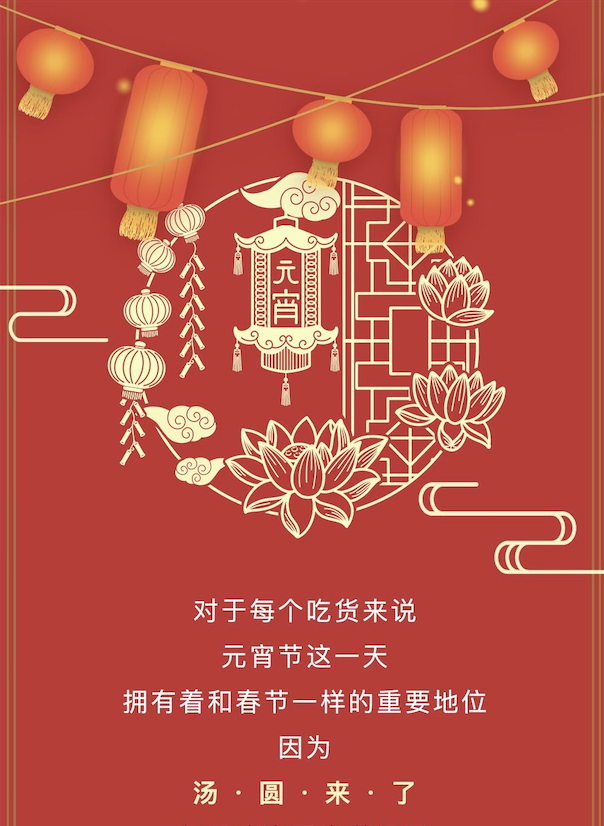If you thought Christmas marked the end of your winter holiday advertising campaigns, then you’ve forgotten about Chinese New Year (CNY). CNY is the biggest annual holiday for people all over Asia. It’s also called ‘Lunar New Year’ because it starts on the first day of the Chinese lunisolar calendar. Much like Christmas, this is a time for families to come together, exchange gifts and celebrate a new year of life. This holiday is the perfect time for your brand to connect with a Chinese audience using a special Chinese New Year media campaign. Here’s why:
Huge Population
The Chinese demographic is among the fastest-growing in North America. One report from SCMP projects the Chinese population in Toronto and Vancouver will double by 2031. But brands don’t need to wait 10 years to begin connecting with the Chinese community. In Vancouver, the Chinese immigrants already make up nearly 30% of the population, according to Canada’s last census data. Chinese languages are also the third most commonly spoken in Canada after English and French.

Credits: @lunarfestivalbc

Credits: @clarewxy
Immense Purchasing Power
With a huge demographic comes unprecedented purchasing power. Recent studies have shown Chinese consumers are driving the luxury retail growth in Canada. In 2019, Chinese consumers aged 18 and older spent $61 billion, according to self-reported spending from 1.2 million participants. These are certainly numbers to pay attention to moving forward.
Relationship Building
A successfully tailored media campaign can generate a positive relationship with the Chinese community. As with any relationship, it’s important that both parties are speaking the same language — literally. Among all Chinese consumers in Canada, roughly 490,000 are not citizens and were not born in Canada. That is a lot of people for whom English is not their mother tongue. Of these non-citizens, 53% say they pay more attention to advertising in their native language. Therefore, choosing to run advertisements in Mandarin or Cantonese will make your brand eye-catching and unique to Chinese consumers. CNY is the perfect time of year to stand out.

Tapping into the trends: not everyone does it right
Many global brands have already run successful Chinese New Year media campaigns including Coca Cola, McDonald, Apple, and Samsung. These advertisements struck a chord with Chinese audiences using heartwarming videos that connected their brand to home, family, and popular new year’s traditions. Not all campaigns have been so successful, however.
In 2018, Dolce & Gabbana, the Italian luxury fashion brand, sparked outrage with their advertisement for an upcoming fashion show in Shanghai. The video show a Chinese woman in a beautiful gown struggling to eat Italian food with oversized chopsticks. In one clip, the woman awkwardly tries to cut pizza by stabbing it with chopsticks while a condescending narrator gives her instructions on how to “properly” eat it. At times, Chinese words and phrases were intentionally mispronounced in an attempt to be “funny.”
Unsurprisingly, many Chinese netizens boycotted Dolce & Gabbana in response because they found the ad disrespectful and even racist. The fashion show was canceled, and the brand’s creators released an apology video a few days later.
In this case, simply referencing Chinese tropes and traditions was not enough to make the campaign successful. Rather, a good media campaign would have been knowledgeable about their audience’s cultural sensitivities and social trends.
How to Do it Right
So how can you craft the perfect Chinese New Year media campaign? The most important first step toward a successful CNY campaign is picking the right platform. If you’re looking for a platform with the widest reach, WeChat is probably right for you. WeChat is the most popular social media platform for Chinese users all over the world — it’s sort of like Facebook for China. The platform hosted an estimated 1 billion users in 2019 and 1.4 million monthly active users in Canada (with an estimated 350,000+ in BC alone). You might also consider launching your campaign on Weibo, which is similar to Twitter. As of June 2018, Weibo hosted 413 million monthly active users.
Next, it’s important to use a language and tone your audience will connect with. In addition to Chinese text, that means doing due diligence on relevant Chinese traditions, customs, and trends to reference in your campaign. Skipping this step could spell disaster for future relationship building with the Chinese demographic.
Most importantly, you should consider the type of advertisement your campaign will use. If you’ve chosen WeChat as your primary platform, soft advertorials have been shown to have the greatest impact. Continue reading to see some examples.


Examples from Periphery Digital
Periphery Digital has worked with many brands to help them create their perfect CNY-themed marketing campaigns. In each of the following examples, the marketing team designed an original slogan that both wished customers a happy CNY and marketed the specific client product. They also incorporate themed design elements like lanterns, sweet dumplings, and lucky clouds.
#1. Harry Rosen
Some also include Chunlian, which are Spring Festival couplets expressing good wishes for the new year. Chunlian is the most common and perhaps most beloved of all CNY traditions; it is practiced in both modern cities and rural areas. For example, this advertisement for Canadian luxury men’s clothing retail chain, Harry Rosen, includes a Chunlian which translates to: “New year new look, go stylish in 2020 with everything tailored for you.”
#2. Shape Properties
Advertisements can also link their products to common CNY themes like fortune and good luck. The following posters were created for Shape Properties — a leading real estate company for some of the largest mixed-use projects in North America. Their specially designed posters for the Richmond Centre link CNY with new opportunities for investment and prosperity.

Check out the original article.

#3. Po Chai Pills
CNY is also a good time to advertise health and wellness products. During the holidays, people will often overeat at parties, leading to stomach problems. This example for Po Chai Pills, a traditional Chinese medicine product, reminds consumers to take PCP for stomach relief.
Are you excited about your Chinese New Year media campaign but not sure how to get started? Connect with us at Periphery!








